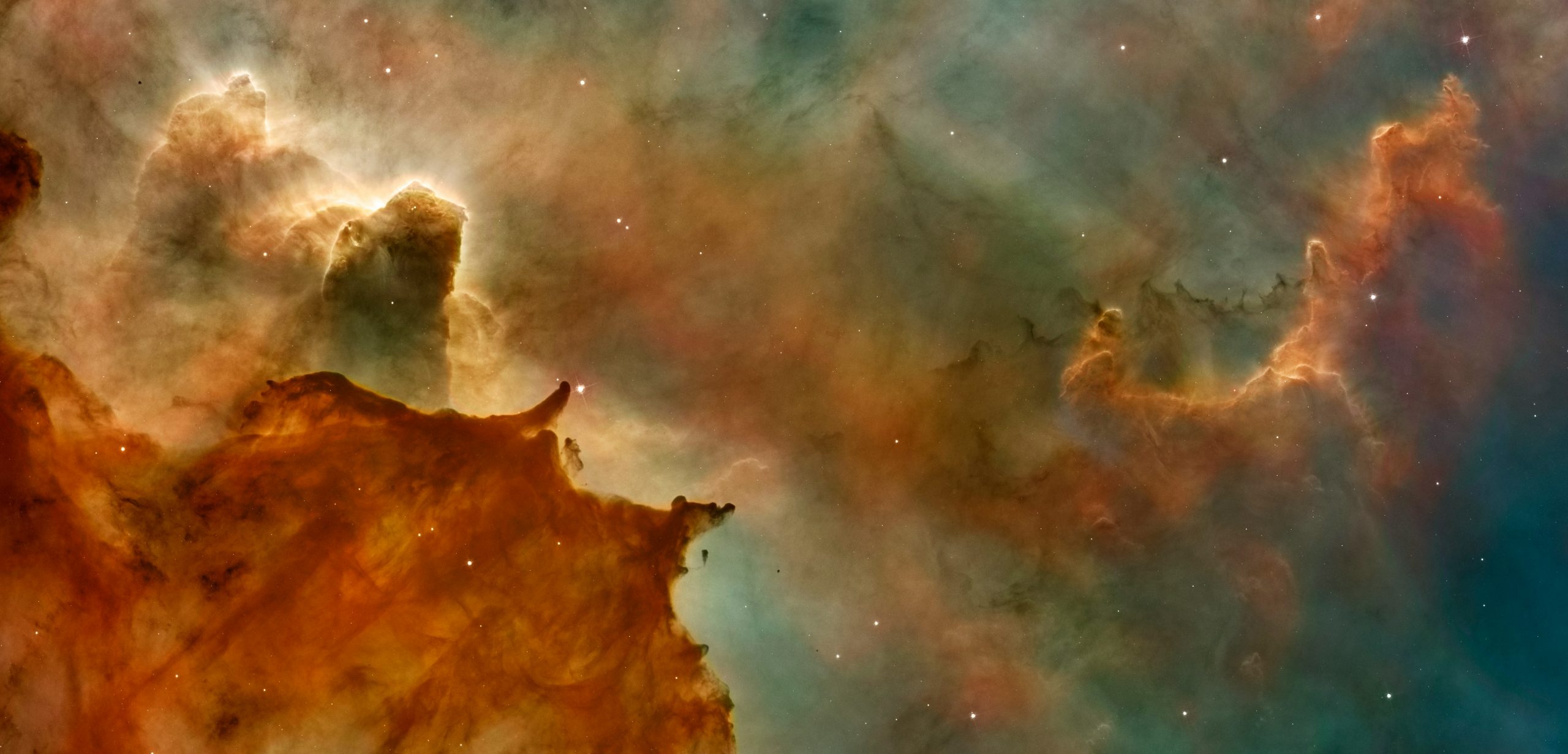Amun: The Hidden One, Supreme God of Thebes

Looking for more amazing products? Check out our online store and explore our collection here! Happy shopping!
Before diving in, please note: This post is for informational purposes only. If you’d like to know more about how we approach topics, feel free to check out our friendly Disclaimer Page.
Hey there, amazing readers! 
We’re committed to delivering quality posts, and your support (even just sticking around despite the ads) means everything to us. So, bear with us, and thanks for helping us keep the good vibes rolling. Now, on to the fun stuff!
TRANSLATE BUTTON AT THE END OF THE ARTICLE
Overview
Amun, known as "The Hidden One," was the supreme god of Thebes, one of the most important cities in ancient Egypt.
This article will delve into the origins, worship, and significance of Amun in Egyptian mythology and society.
From his iconography to his role in the pantheon, we will explore the rich history and profound influence of this deity.
We will also discuss Amun’s connection to pharaohs and kings, the temples dedicated to him in Thebes, and his associations with creation and fertility.
Furthermore, we will examine his transformation into Amun-Ra and the significance of his cult during the New Kingdom.
Lastly, we will reflect on Amun’s legacy and relevance in modern times.
Origins and Iconography of Amun
Amun’s origins can be traced back to the Old Kingdom.
Initially, he was a local deity of Thebes, but as the city grew in prominence, so did Amun’s status.
His name, which means "The Hidden One," may reflect his mysterious and elusive nature.
Iconographically, Amun was depicted as a man wearing a tall plumed crown, often associated with the gods of air and wind.
He is sometimes portrayed with blue skin, symbolizing his association with the sky.
Additionally, Amun is occasionally depicted as a ram-headed deity, reflecting his connection to fertility and regeneration.
Amun’s Role in the Egyptian Pantheon
As the supreme god of Thebes, Amun held a significant role in the Egyptian pantheon.
He was considered the king of the gods and the creator of the universe.
Amun was also associated with air and wind, believed to be responsible for the breath of life.
This connection made him a crucial deity in the afterlife, as the breath of Amun was believed to give life to the deceased.
Moreover, Amun was often associated with the sun god Ra, forming the powerful deity Amun-Ra.
Together, they symbolized the balance and harmony of the cosmos.
Worship of Amun in Ancient Egypt
The worship of Amun in ancient Egypt was widespread and deeply rooted in society.
Amun had numerous temples dedicated to him across the country, but none were more significant than those in Thebes.
The priests of Amun held considerable influence and wealth, and the god’s cult became one of the most powerful and wealthy in ancient Egypt.
The people of Egypt recognized Amun’s power and sought his favor through offerings and prayers.
The annual Opet Festival was one of the most important religious events in Thebes, during which the cult statue of Amun was carried from the Karnak Temple to the Luxor Temple, symbolizing his rejuvenation and fertility.
Amun’s Connection to Pharaohs and Kings
Amun’s association with the pharaohs and kings of Egypt played a crucial role in his worship and influence.
Pharaohs were often portrayed as the earthly embodiment of Amun, with their divine authority bestowed upon them by the god.
The pharaohs sought Amun’s guidance and protection, and in turn, they lavishly adorned his temples with offerings and commissioned grand architectural projects in his honor.
The god’s connection to the ruling elite further elevated his status and power within Egyptian society.
The Temples Dedicated to Amun in Thebes
The city of Thebes was home to several grand temples dedicated to Amun.
The most significant of these was the Karnak Temple, an enormous complex that served as the religious center of ancient Egypt during the New Kingdom.
The main sanctuary housed the cult statue of Amun, where priests performed daily rituals and offered prayers.
Explore the Path to Spirituality and Enlightenment – Start Here.
The Karnak Temple was an architectural marvel, featuring colossal statues, towering obelisks, and intricately carved walls.
Another important temple dedicated to Amun was the Luxor Temple, which was connected to the Karnak Temple by the Avenue of Sphinxes.
These magnificent structures served as a testament to the power and influence of Amun in Thebes.
Amun’s Influence on Art and Architecture
Amun’s influence extended beyond religious rituals and temples and had a profound impact on art and architecture.
The grandeur of Amun’s temples inspired Egyptian artisans to create intricate reliefs and elaborate wall paintings.
These artworks depicted scenes of offerings, rituals, and battles, glorifying the power of Amun and his connection to the pharaohs.
Additionally, Amun’s association with kingship influenced the design of royal tombs, with many pharaohs adorning their burial chambers with images of Amun, reinforcing their divine right to rule.
Amun’s Associations with Creation and Fertility
Amun was closely associated with creation and fertility, symbolizing the life-giving forces in the universe.
His connection to air and wind were believed to be essential for the breath of life, sustaining all living beings.
Amun’s association with fertility was also expressed through his depiction as a ram-headed deity, representing his role in sustaining the fertility of the land and its people.
This association made Amun a vital deity in agricultural societies, where the abundance of crops was crucial for survival.
Amun’s Transformation into Amun-Ra
During the New Kingdom, Amun merged with the sun god Ra to form the powerful deity Amun-Ra.
This combination of two significant deities symbolized the harmony between the sun and air, representing the cosmic balance and the divine authority of the pharaohs.
Amun-Ra became the most widely worshipped god in ancient Egypt, and his cult expanded far beyond Thebes.
The temples dedicated to Amun-Ra, such as the Great Temple of Amun-Ra in Karnak, became centers of religious and political power.
Amun’s Significance during the New Kingdom
The New Kingdom marked a period of great importance for Amun, as his cult reached its zenith.
The pharaohs of the New Kingdom, such as Hatshepsut, Thutmose III, and Ramses II, embraced Amun as a patron deity, further elevating his status.
The wealth and influence of Amun’s cult allowed Thebes to become the capital of Egypt, shaping the political landscape of the time.
The pharaohs actively promoted the worship of Amun, contributing to the god’s enduring significance in ancient Egyptian society.
Historical Impact of Amun’s Cult in Thebes
The cult of Amun in Thebes had a profound historical impact on ancient Egypt.
The wealth of the temples and the influence of the priesthood allowed Thebes to establish itself as a dominant city.
The power and influence of Amun’s cult often rivaled that of the pharaohs, creating a balance of power between the religious and political spheres.
The temples dedicated to Amun served as not only religious centers but also sites of economic and political activity.
The legacy of Amun’s cult in Thebes can still be seen today in the ruins of the grand temples and the lasting impact on Egyptian religion and culture.
Conclusion
Amun, the hidden one and supreme god of Thebes, played a pivotal role in ancient Egyptian mythology and society.
From his origins as a local deity to his transformation into Amun-Ra, the sun god, Amun’s worship and influence spread throughout Egypt.
The grand temples dedicated to Amun in Thebes showcased the power and wealth of his cult.
His association with pharaohs and kings elevated his status, and his connection to creation and fertility made him a vital deity in Egyptian life.
Amun’s legacy and relevance continue to be felt in modern times through the ruins of his temples, the depictions in ancient artworks, and the enduring fascination with ancient Egypt and its gods.

The Enlightenment Journey is a remarkable collection of writings authored by a distinguished group of experts in the fields of spirituality, new age, and esoteric knowledge.
This anthology features a diverse assembly of well-experienced authors who bring their profound insights and credible perspectives to the forefront.
Each contributor possesses a wealth of knowledge and wisdom, making them authorities in their respective domains.
Together, they offer readers a transformative journey into the realms of spiritual growth, self-discovery, and esoteric enlightenment.
The Enlightenment Journey is a testament to the collective expertise of these luminaries, providing readers with a rich tapestry of ideas and information to illuminate their spiritual path.
Our Diverse Expertise
While our primary focus is on spirituality and esotericism, we are equally passionate about exploring a wide range of other topics and niches 

To ensure we provide the most accurate and valuable insights, we collaborate with trusted experts in their respective domains 
Our blog originally focused on spirituality and metaphysics, but we’ve since expanded to cover a wide range of niches. Don’t worry—we continue to publish a lot of articles on spirituality! Frequently visit our blog to explore our diverse content and stay tuned for more insightful reads.
Hey there, amazing reader! 
Check out our store here and take a peek at some of our featured products below! Thanks for being awesome!















